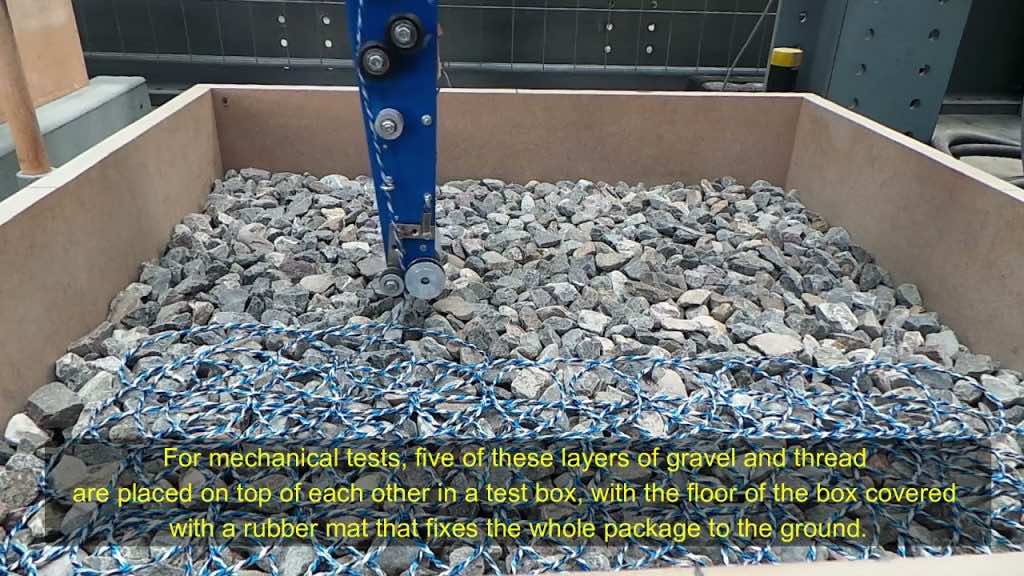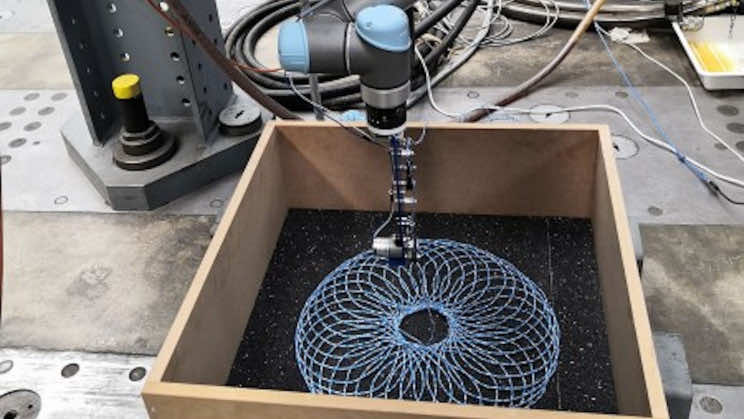The new method is a game-changer for the future of road construction, promising to build sound and stronger roads than built ever before.
The newfound technique involves stacking layers of string and asphalt to create a better road network, sustainable for longer periods.
Researchers from Switzerland found the novel way of building roads, showing how a robotic arm could lay string to bind the asphalt for enhanced sustainability of the built roads.

Building stronger road networks is not the only perk the new method brings along. It also includes not needing the environment harming bitumen for constructing roads. Moreover, it would also aid in the easy recycling of road-building materials.
“Researchers at the Swiss Federal Laboratories for Materials Science and Technology (Empa) got the idea from an art and science project that created pillars using a mix of gravel and string.” stated an EMPA press release.
These pillars were built using interlocking gravel with a thread that combined the structures firmly. The pillars built using the novel technique were measured at heights of 80 cm, and in pressure testing, the pillars showed to withstand loads of 20 tonnes.
Researchers used the building of pillars as a starting point for testing the new construction material. During its research, the team used string to bind layers of road asphalt. If the novel technique keeps on with its promising results, it could provide an alternative to bitumen extracted from crude oil that poses an environmental risk.
While researching the project, the team used the same string that is used widely for wrapping the waste paper. For its pre-testing, the researchers laid down five layers of gravel, each layer supported by a string layer to withstand the heavyweights on roads.

“We want to find out how a recyclable pavement could be produced in the future,” explains the research team. “To do this, we are using digitalized construction methods in road construction for the first time.”
Researchers emphasized the material used now won’t be safe for building roads. However, if it shows the same promising results, it could lead to finding a perfect mix as an alternative to conventional road building methods.
The new research aids in the scientific community’s efforts to find an environmentally friendly building process. Another research from the University of Melbourne states recycling face masks by integrating them with road building materials to aid for a cleaner environment.

The EMPA research team aims to conduct dynamic load testing with rolling pressure for a better simulation of road conditions.


